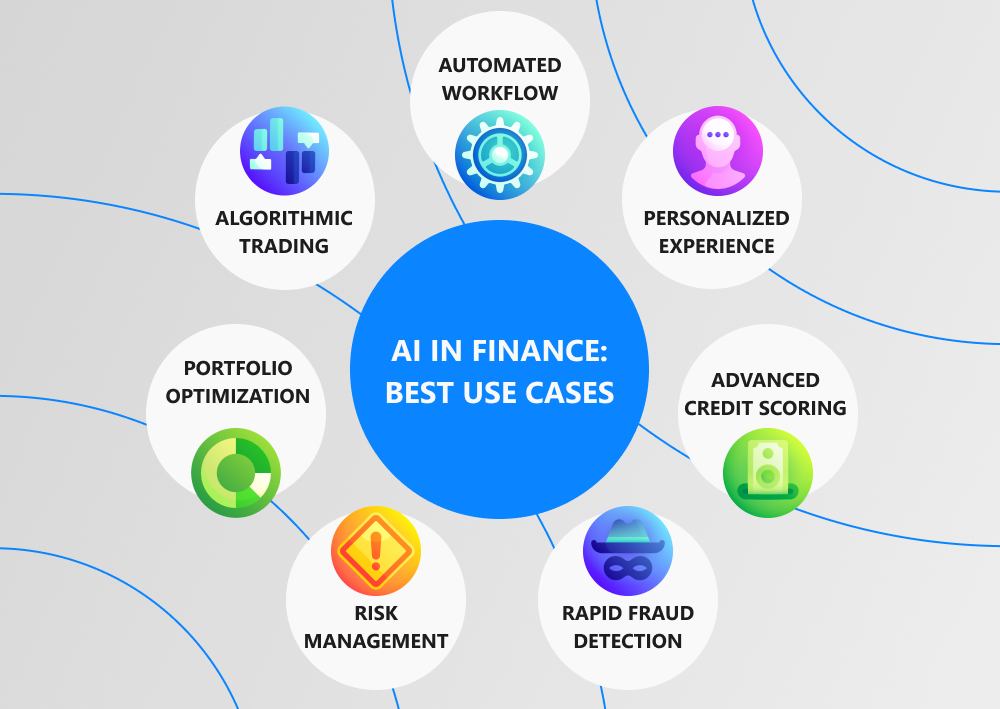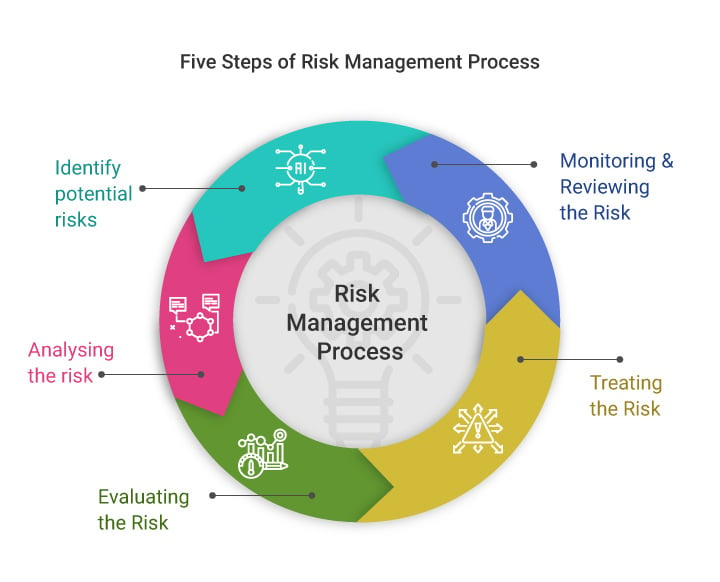The Convergence of Finance and Technology
The financial industry has undergone a significant transformation in recent years, driven by the convergence of finance and technology. This convergence has given rise to a new discipline: computational finance and risk management. By harnessing the power of advanced analytics, financial institutions can now make more informed decisions, mitigate risk, and drive business growth. The importance of computational finance and risk management lies in its ability to provide a data-driven approach to decision-making, enabling financial professionals to navigate complex markets and identify opportunities. As the financial landscape continues to evolve, the role of advanced analytics in driving business decisions will only continue to grow, making computational finance and risk management an essential tool for financial professionals.
Unlocking Insights with Computational Finance Tools
Computational finance and risk management relies on a range of advanced tools and techniques to analyze and manage financial risk. One of the most widely used techniques is Monte Carlo simulations, which involve running multiple scenarios to estimate potential outcomes and identify potential risks. Machine learning algorithms are also increasingly being used to analyze large datasets and identify patterns that may not be apparent through traditional analysis. Data mining techniques are also being used to extract insights from large datasets and identify opportunities for growth. These tools and techniques are being used in a range of applications, including portfolio optimization and risk assessment. By leveraging these tools, financial institutions can gain a deeper understanding of their risk exposure and make more informed decisions. The use of computational finance and risk management tools is becoming increasingly important in today’s fast-paced financial markets, where the ability to analyze and respond to changing market conditions quickly is critical.
How to Build a Robust Risk Management Framework
Building a robust risk management framework is critical for financial institutions seeking to mitigate risk and drive business growth. This framework should be tailored to the specific needs of the organization and should include several key components. The first step is to identify potential risk factors, including market risk, credit risk, and operational risk. Next, the organization should assess its risk exposure, using tools such as computational finance and risk management to quantify and analyze potential risks. Once risk exposure has been assessed, the organization can implement mitigation strategies, such as diversification, hedging, and risk transfer. A robust risk management framework should also include ongoing monitoring and review, to ensure that the organization remains aware of changing market conditions and can respond quickly to emerging risks. By following these steps, financial institutions can build a robust risk management framework that helps to mitigate risk and drive business growth. The use of computational finance and risk management tools is essential in this process, as they provide the advanced analytics and insights needed to make informed decisions.
The Role of Data Science in Financial Risk Management
Data science plays a critical role in financial risk management, as it enables organizations to extract insights from large datasets and make informed decisions. In the context of computational finance and risk management, data science is used to identify potential risks and opportunities, and to develop predictive models that can forecast market trends and behavior. High-quality data is essential for effective risk management, and data visualization techniques can be used to present complex data in a clear and actionable way. Predictive modeling is also a key component of data science in financial risk management, as it enables organizations to quantify and analyze potential risks, and to develop strategies for mitigating them. By leveraging data science and computational finance and risk management techniques, financial institutions can gain a deeper understanding of their risk exposure and make more informed decisions. This can help to drive business growth, while also reducing the risk of financial losses.
Real-World Applications of Computational Finance in Risk Management
Computational finance and risk management techniques have been successfully applied in a variety of real-world settings, driving business growth and mitigating risk for financial institutions. For example, banks have used Monte Carlo simulations to optimize their portfolio management and reduce risk exposure. Hedge funds have leveraged machine learning algorithms to identify profitable trading opportunities and minimize losses. Asset management firms have employed data mining techniques to analyze large datasets and make informed investment decisions. These organizations have been able to achieve significant benefits by leveraging computational finance and risk management, including improved risk assessment, enhanced portfolio optimization, and increased profitability. By applying advanced analytics and computational finance techniques, financial institutions can gain a competitive edge in the market and make more informed decisions. The use of computational finance and risk management has become essential for financial institutions seeking to stay ahead of the curve and drive business growth in today’s fast-paced and increasingly complex financial markets.
Overcoming Challenges in Implementing Computational Finance Solutions
While computational finance and risk management techniques offer numerous benefits, their implementation can be challenging. One common hurdle is data quality issues, which can lead to inaccurate results and poor decision-making. To overcome this, organizations must ensure that their data is accurate, complete, and relevant. Another challenge is model risk, which arises when models are poorly designed or incorrectly implemented. This can be mitigated by using robust model validation techniques and ongoing monitoring. Regulatory compliance is also a significant challenge, as organizations must ensure that their computational finance solutions meet relevant regulatory requirements. To overcome these challenges, organizations can leverage cloud computing and other technologies to improve data quality, implement robust model validation techniques, and ensure regulatory compliance. By understanding and addressing these challenges, organizations can successfully implement computational finance and risk management solutions, driving business growth and mitigating risk. Effective implementation of computational finance and risk management requires a deep understanding of these challenges and the strategies for overcoming them.
The Future of Financial Risk Management: Trends and Opportunities
The financial industry is on the cusp of a revolution, driven by emerging trends and opportunities in computational finance and risk management. One of the most significant trends is the increasing adoption of artificial intelligence (AI) and machine learning algorithms in risk management. These technologies have the potential to analyze vast amounts of data, identify patterns, and make predictions, enabling financial institutions to make more informed decisions. Another trend is the growing use of blockchain technology, which offers a secure and transparent way to record transactions and manage risk. Cloud computing is also becoming increasingly important, providing financial institutions with the scalability and flexibility they need to manage large datasets and complex risk models. Furthermore, the increasing availability of alternative data sources, such as social media and IoT devices, is providing new opportunities for financial institutions to gain insights and manage risk. As the financial industry continues to evolve, it is essential for professionals to stay up-to-date with the latest trends and opportunities in computational finance and risk management, and to leverage these technologies to drive business growth and mitigate risk.
Staying Ahead of the Curve in Computational Finance and Risk Management
As the financial industry continues to evolve, it is essential for professionals to stay ahead of the curve in computational finance and risk management. This requires ongoing education and professional development, as well as a commitment to staying up-to-date with the latest trends and advancements. To achieve this, professionals can leverage online courses, conferences, and industry publications to expand their knowledge and skills in areas such as machine learning, data science, and cloud computing. Additionally, participating in professional networks and forums can provide valuable opportunities for collaboration and knowledge sharing. By prioritizing ongoing education and professional development, professionals can ensure that they remain at the forefront of computational finance and risk management, driving business growth and mitigating risk in an increasingly complex and rapidly changing financial landscape. Furthermore, staying current with industry developments and advancements in computational finance and risk management enables professionals to identify new opportunities and challenges, and to develop innovative solutions to address them.




